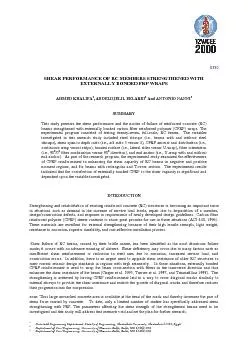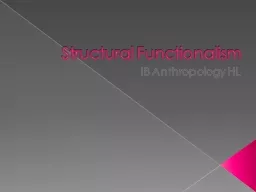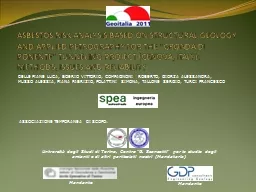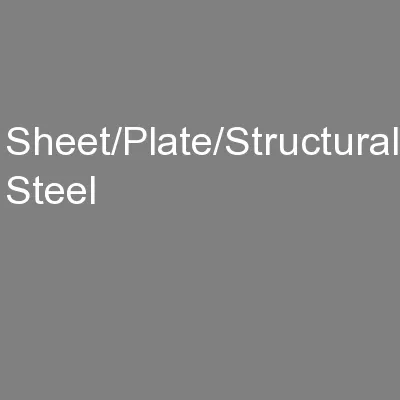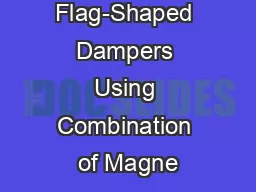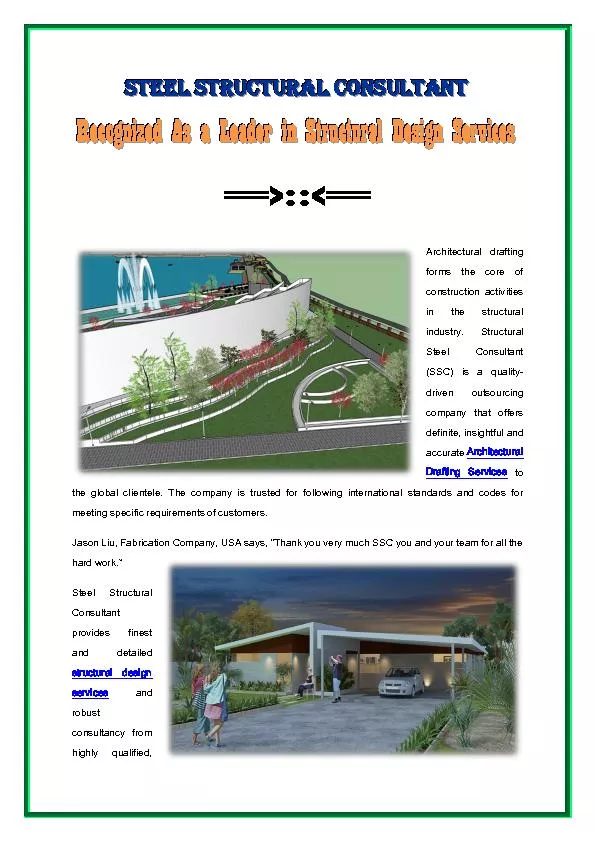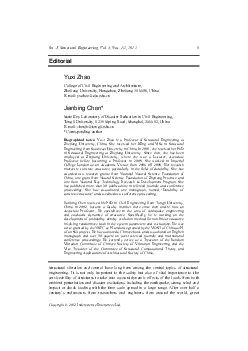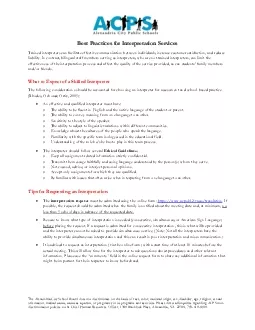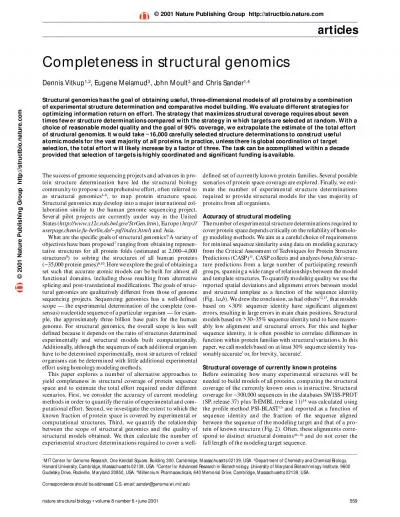PDF-Structural Engineering Department, Faculty of Engineering, Alexandria
Author : celsa-spraggs | Published Date : 2015-11-03
0350 The objectives of this study were to 1 investigate the shear performance and mode of failure of RC beamsafter strengthening with externally bonded CFRP sheets
Presentation Embed Code
Download Presentation
Download Presentation The PPT/PDF document "Structural Engineering Department, Facul..." is the property of its rightful owner. Permission is granted to download and print the materials on this website for personal, non-commercial use only, and to display it on your personal computer provided you do not modify the materials and that you retain all copyright notices contained in the materials. By downloading content from our website, you accept the terms of this agreement.
Structural Engineering Department, Faculty of Engineering, Alexandria: Transcript
Download Rules Of Document
"Structural Engineering Department, Faculty of Engineering, Alexandria"The content belongs to its owner. You may download and print it for personal use, without modification, and keep all copyright notices. By downloading, you agree to these terms.
Related Documents

